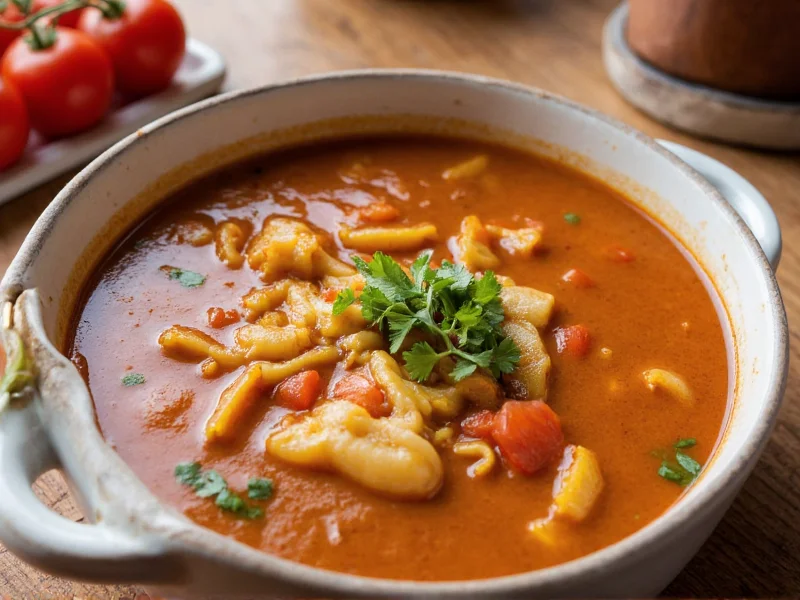Understanding the Meaning and History of \"Soup's On\"
When someone announces \"soup's on,\" they're signaling that a meal is ready to be served. This distinctive American expression has roots in the country's culinary and social history, particularly among cowboys, ranch hands, and frontier communities. The phrase emerged during the late 1800s when soup often served as the opening course of a hearty meal, especially in communal dining settings like ranches and mining camps.
Etymology and Historical Context
The contraction \"soup's\" (instead of \"soup is\") reflects informal speech patterns common in American vernacular during the frontier era. Historical records show the phrase gaining popularity between 1880-1920, coinciding with westward expansion and the development of cowboy culture. Soup was practical for large groups—it could be prepared in big kettles, required minimal supervision while cooking, and provided warmth during cold evenings.
Contrary to what some might assume, the phrase doesn't indicate that soup is literally being served. Instead, it functioned as a dinner bell equivalent, signaling that the entire meal was ready. This understanding is crucial when exploring the meaning of soup's on in historical contexts versus modern usage.
Evolution of the Expression
Over time, \"soup's on\" transitioned from a practical meal announcement to a nostalgic expression evoking simpler times. By the mid-20th century, it appeared frequently in Western films and literature, cementing its place in American cultural lexicon. Today, the phrase survives primarily in regional dialects, historical reenactments, and as a charming alternative to more mundane phrases like \"dinner's ready.\"
| Era | Usage Context | Frequency |
|---|---|---|
| 1880-1920 | Frontier ranches, mining camps, railroad work crews | Very common (daily usage) |
| 1920-1950 | Western films, radio shows, regional speech | Moderate (cultural reference) |
| 1950-Present | Nostalgic references, historical contexts, regional dialects | Rare (specialized usage) |
Modern Usage and Cultural Significance
While you won't hear \"soup's on\" in most contemporary households, the phrase maintains relevance in specific contexts. Historical societies, Western theme restaurants, and cowboy poetry gatherings often employ this expression to create authentic atmosphere. Some families with frontier heritage continue the tradition, passing down the origin of soup's on expression through generations.
The endurance of this idiom demonstrates how culinary traditions shape language. Similar food-related announcements exist worldwide—France's \"À table!\" (to the table) or England's \"Dinner is served\"—but \"soup's on\" remains uniquely American in both form and historical significance.
Common Misconceptions
Several misunderstandings surround this phrase. Some believe it specifically means soup is being served, when in fact it signaled the entire meal's readiness. Others confuse it with the British expression \"soup's up,\" which carries the same meaning but emerged later through cultural exchange. The soup is on vs soup's on distinction matters linguistically—the contraction reflects its American origins and informal usage context.
Using \"Soup's On\" Appropriately Today
If you choose to incorporate this historical expression into modern conversation, consider these guidelines:
- Use it in casual, informal settings among people who appreciate historical language
- Pair it with Western-themed events or cooking demonstrations
- Avoid using it in professional or international contexts where the meaning might be unclear
- Explain its historical background when introducing it to others
Understanding when to use soup's on properly helps preserve this linguistic artifact while preventing confusion. The phrase works best as a playful alternative to standard meal announcements among those who appreciate American linguistic heritage.
Frequently Asked Questions
What does \"soup's on\" actually mean?
\"Soup's on\" is an American idiom meaning \"dinner is ready\" or \"food is served.\" Despite the reference to soup, it doesn't necessarily mean soup is being served—it was traditionally used to announce that the entire meal was ready, with soup often being the first course in frontier-era dining.
Where did the phrase \"soup's on\" originate?
The phrase originated in late 19th-century America, particularly among Western frontier communities, ranch hands, and cowboys. Historical evidence suggests it became common between 1880-1920 when large groups would gather for meals, and soup was typically prepared first in big kettles as the opening course of a hearty meal.
Is \"soup's on\" still used today?
While not common in everyday conversation, \"soup's on\" survives in specific contexts: historical reenactments, Western-themed restaurants, cowboy poetry gatherings, and among families with frontier heritage. It's primarily used as a nostalgic or playful alternative to standard meal announcements, particularly by those interested in preserving American linguistic traditions.
How is \"soup's on\" different from similar expressions?
Unlike \"dinner is served\" which is formal, or \"food's ready\" which is generic, \"soup's on\" carries specific historical and cultural connotations tied to American frontier life. It differs from the British \"soup's up\" mainly in its American origins and the social contexts where it emerged—cowboy culture rather than British dining traditions.











 浙公网安备
33010002000092号
浙公网安备
33010002000092号 浙B2-20120091-4
浙B2-20120091-4